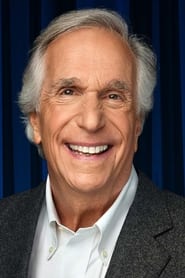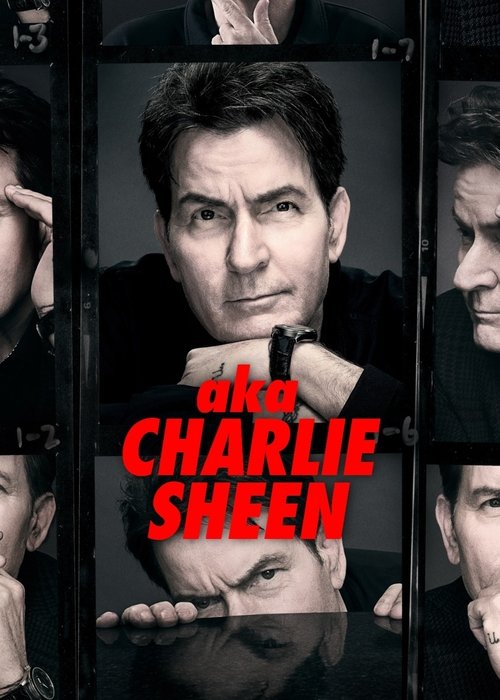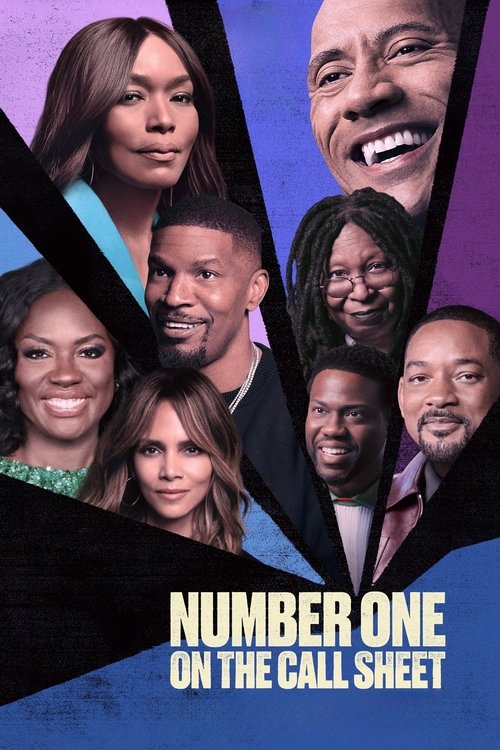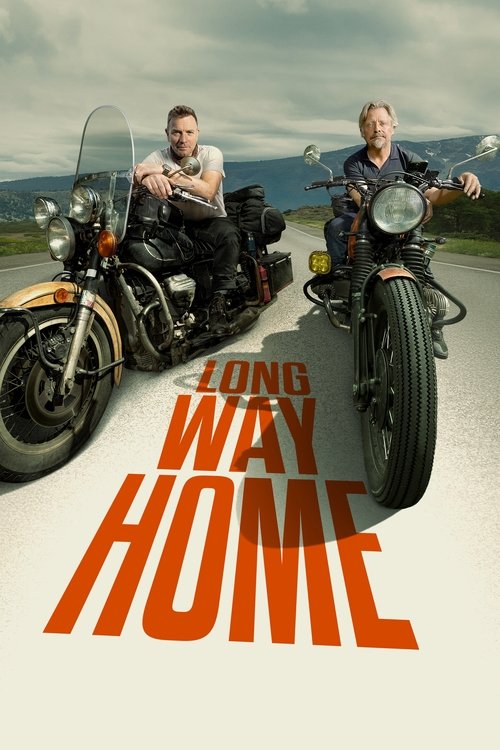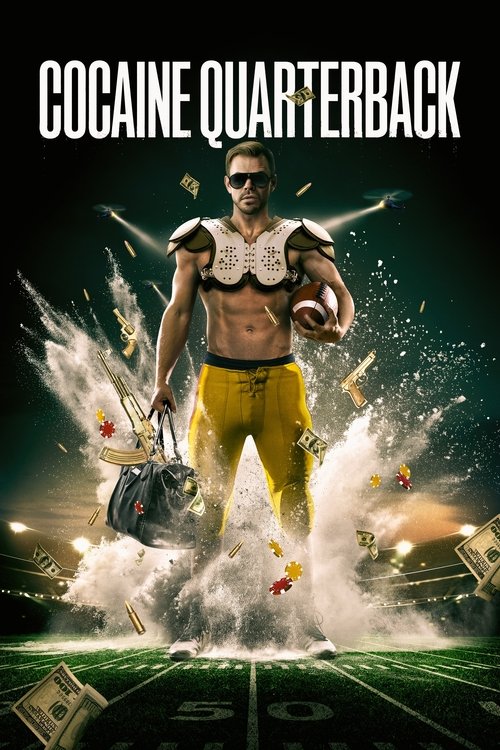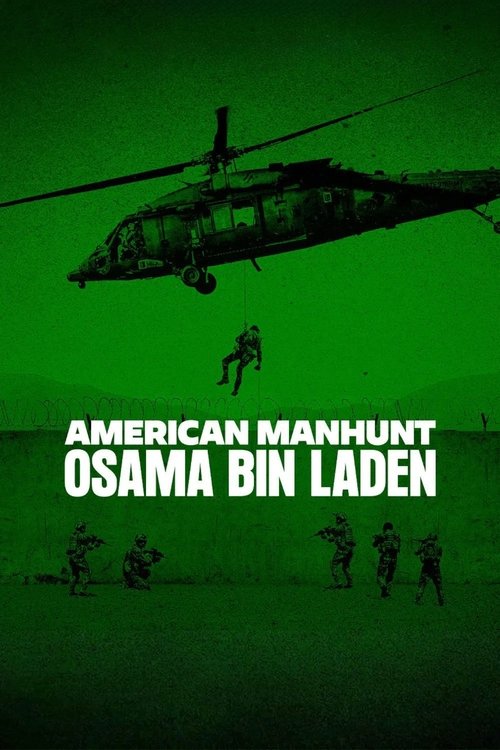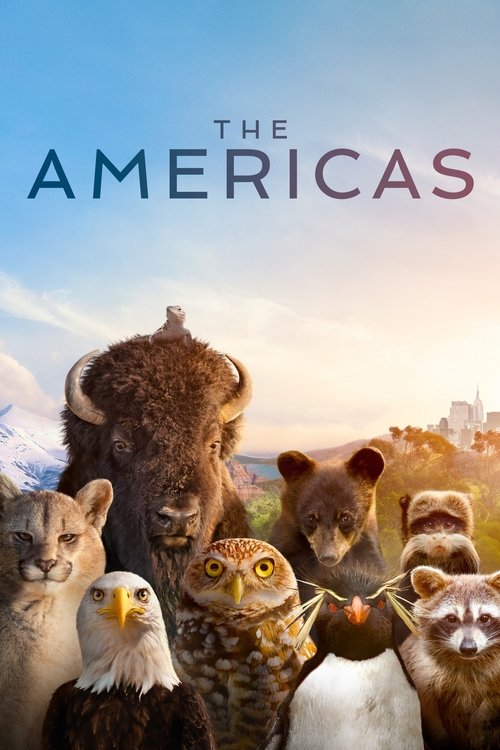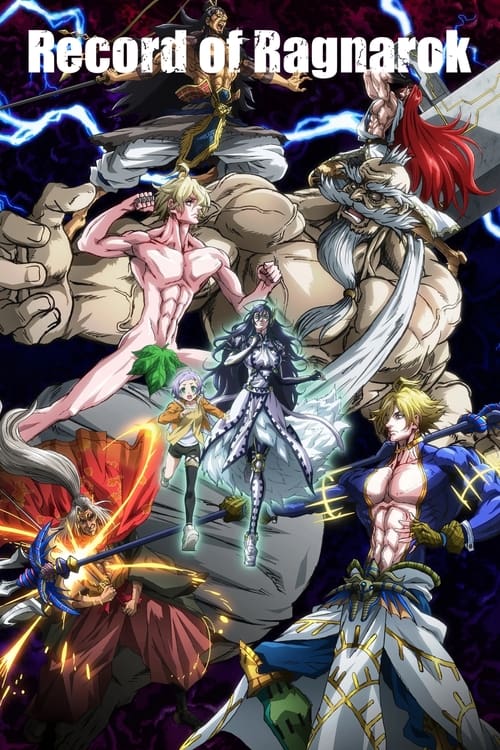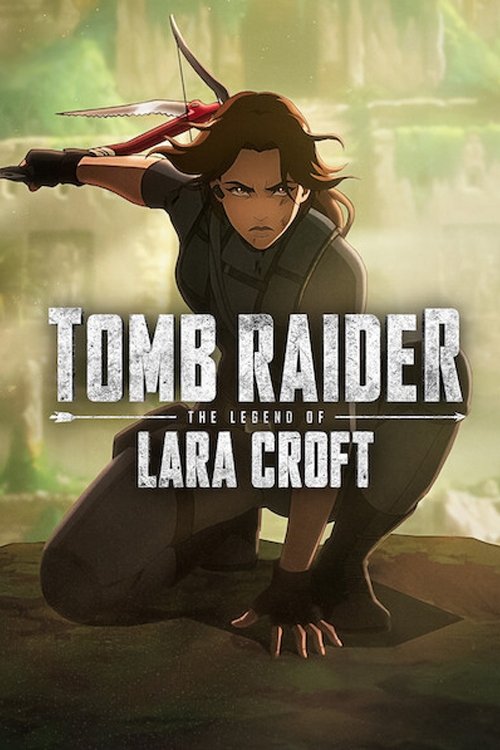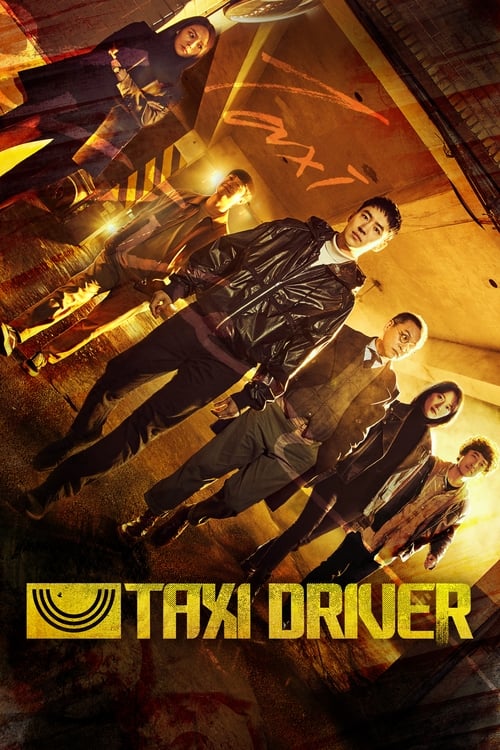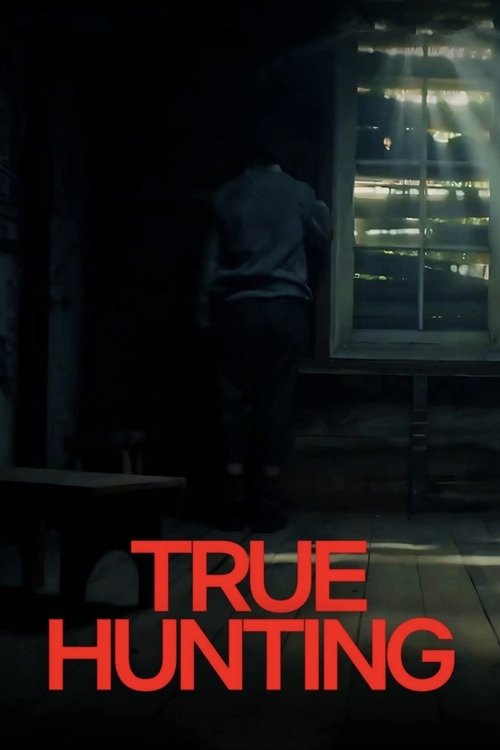
Ask Your Own Question
What is the plot?
"Hazardous History with Henry Winkler" (2025) is a documentary series rather than a fictional narrative with a plot, characters, or traditional story arcs. The show, hosted and narrated by Henry Winkler, explores various dangerous and reckless pastimes, products, and occupations from American history that were once common but are now considered hazardous and unacceptable.
The series unfolds episode by episode, each focusing on a different theme of historical hazards:
-
The first episode, "Perilous Play," examines childhood toys and playground activities that were once popular but posed significant risks. It features examples such as explosive science kits, kite tubes that flew dangerously high, and playground slides that could cause serious injuries. Henry Winkler guides viewers through these nostalgic yet alarming stories, recounting how children engaged with these risky items and the consequences that sometimes followed.
-
Subsequent episodes delve into other categories of hazardous history. For example, the season finale, "Occupational Hazards," reveals the dangerous jobs people once endured. It highlights professions like mercury-poisoned hat makers, children who crawled through chimneys, and projectionists who faced deadly fires. The episode details the harsh realities and risks workers faced daily, emphasizing how these dangers were once normalized.
Throughout the series, Henry Winkler combines historical footage, expert interviews, and reenactments to illustrate the shocking everyday activities and products from America's past. The show does not follow a fictional storyline but rather presents a chronological exploration of various hazardous practices, emphasizing the contrast between past and present safety standards.
Because the series is documentary in nature, it does not have a traditional plot with character decisions, conflicts, or resolutions. Instead, it offers a thematic and chronological presentation of historical facts and anecdotes about dangerous American pastimes and occupations, narrated with Winkler's engaging storytelling style.
More TV Shows Like This
Browse All TV Shows →
What is the ending?
The TV series Hazardous History with Henry Winkler (2025) is a documentary-style show that does not have a traditional narrative ending with characters and plot resolution. Instead, the season finale, titled "Occupational Hazards," concludes the series by exploring the dangerous jobs of the past, highlighting the risks workers faced in various hazardous occupations. The show ends with Henry Winkler narrating these historical realities, emphasizing how everyday work once involved serious dangers now largely eliminated by modern safety standards.
Expanded narrative description of the ending episode "Occupational Hazards":
The final episode opens with Henry Winkler introducing the theme of occupational dangers that were once commonplace in America's workforce. The camera moves through archival footage and reenactments showing workers in perilous environments. The first scene focuses on mercury-poisoned hat makers, illustrating how these workers were exposed to toxic substances without protection. Winkler's narration details the symptoms and tragic consequences of mercury poisoning, setting a somber tone.
Next, the episode shifts to chimney sweeps, including children who crawled through narrow, soot-filled chimneys. The reenactments show the cramped, dangerous conditions and the physical toll on these young workers. Winkler highlights the lack of labor laws and the acceptance of such hazardous child labor in the past.
The narrative then moves to projectionists in early movie theaters, who faced the constant threat of fiery blazes due to the flammable nitrate film used at the time. Scenes depict projectionists fleeing burning projection booths, underscoring the life-threatening risks they endured to keep the show running.
Throughout the episode, Henry Winkler provides context on how these occupational hazards were normalized in their eras, reflecting societal attitudes toward labor and safety. The episode closes with a reflection on the progress made in workplace safety regulations and the importance of remembering these dangerous histories.
As a documentary, the show does not have fictional characters whose fates are resolved. Instead, the "main characters" are the historical workers whose stories are told through narration, archival materials, and reenactments. The fate of these workers is often tragic or fraught with suffering, but the episode ends on a note of recognition and respect for their hardships and the improvements that followed.
In summary, the series finale of Hazardous History with Henry Winkler ends by illuminating the perilous conditions of past occupations, with Henry Winkler guiding viewers through these stories to underscore the evolution of workplace safety. There is no traditional plot or character resolution, but rather a thematic closure emphasizing historical awareness and progress.
Is there a post-credit scene?
The TV show "Hazardous History with Henry Winkler" (2025) does not have any publicly documented post-credit scenes. Available information from episode guides, reviews, and interviews does not mention or describe any post-credit content or scenes following the episodes. The show focuses on exploring dangerous and hazardous past practices and products in American history, but no sources indicate the presence of post-credit scenes or additional footage after the main episodes conclude.
What specific dangerous toys or childhood activities are featured in the episode 'Perilous Play' of Hazardous History with Henry Winkler?
The episode 'Perilous Play' explores various childhood favorites that pushed safety limits, including explosive science kits that sparked curiosity and kite tubes that soared high in the sky. These toys and activities highlight the thrill and excitement of daring play from the past, brought to life through Henry Winkler's storytelling.
Which risky professions are examined in the episode 'Occupational Hazards' of the series?
In the episode 'Occupational Hazards,' Henry Winkler explores the risky professions that people endured for a living, highlighting the struggles of workers in hazardous jobs, such as those involved in hat making, which historically involved dangerous materials and conditions.
How does Henry Winkler present the historical dangers of early roller coasters in the series?
Henry Winkler explores early roller coasters that left riders dazed and bleeding, emphasizing the reckless and dangerous nature of these early amusement rides as part of the nostalgic and hazardous pastimes featured in the show.
What are some of the hazardous products from America's past discussed in the series?
The series discusses hazardous products such as chemistry sets containing toxic materials, carbonated beverages that contained hard drugs, tobacco advertisements featuring doctors endorsing smoking, radioactive toys, toxic refrigerators, and Christmas ornaments made from asbestos, illustrating the reckless everyday items once common in American life.
What role does Henry Winkler play in the series beyond hosting?
Henry Winkler serves multiple roles in the series: he is the host, narrator, and executive producer, guiding viewers through the history of dangerous pastimes and products with charm and humor while providing engaging storytelling that brings these hazardous histories to life.
Is this family friendly?
Hazardous History with Henry Winkler (2025) is a documentary series that explores the dangerous and now-unthinkable products, practices, and jobs that were once commonplace in American life. While the show is educational and presented with a nostalgic, sometimes humorous tone by host Henry Winkler, it is not specifically marketed as "family friendly" in the sense of being tailored for very young children. The content is more suitable for older children, teens, and adults who can contextualize historical risks without undue distress.
Potentially Objectionable or Upsetting Aspects
The series visually and narratively recreates historical hazards, which may be disturbing or frightening for sensitive viewers, especially children. Here are specific aspects that could be concerning:
- Graphic Depictions of Injury and Danger: Episodes feature reenactments and archival footage of people (including children) using hazardous toys, appliances, and workplace equipment. For example, there are scenes showing children playing with toys that could cause cuts, burns, or even poisoning, and workers in jobs with high risk of injury or death, such as chimney sweeps or factory workers exposed to toxic substances. These scenes are not gratuitously violent but are explicit about the real risks people faced.
- Discussion of Toxic Substances: The show details how everyday items--like refrigerators with toxic coolant, toys painted with lead, or Christmas ornaments made from asbestos--were once normal. These segments include explanations (sometimes with visual aids) of how exposure could lead to illness or death, which might be alarming for younger viewers.
- Historical Medical Practices: Some episodes explore outdated and dangerous medical advice, such as doctors recommending smoking or the use of harmful medications. These segments may include images of medical procedures or products that are now known to be unsafe, which could be unsettling.
- Emotional Impact of Historical Ignorance: The series often highlights how people in the past were unaware of the dangers they faced, which can evoke a sense of vulnerability or anxiety, especially in viewers who identify with the historical subjects.
- Workplace Hazards: The season finale, "Occupational Hazards," focuses on dangerous jobs of the past, including child labor, exposure to mercury, and workplace fires. These segments include stories of real suffering and sometimes death, which are presented with respect but could be distressing.
While the tone is generally light and informative, the subject matter is inherently serious. The show does not shy away from showing the consequences of these historical hazards, which could be upsetting for children or sensitive individuals. Parental guidance is recommended to help younger viewers process the content, and the series is best suited for those who can understand historical context and the progress made in safety standards.



